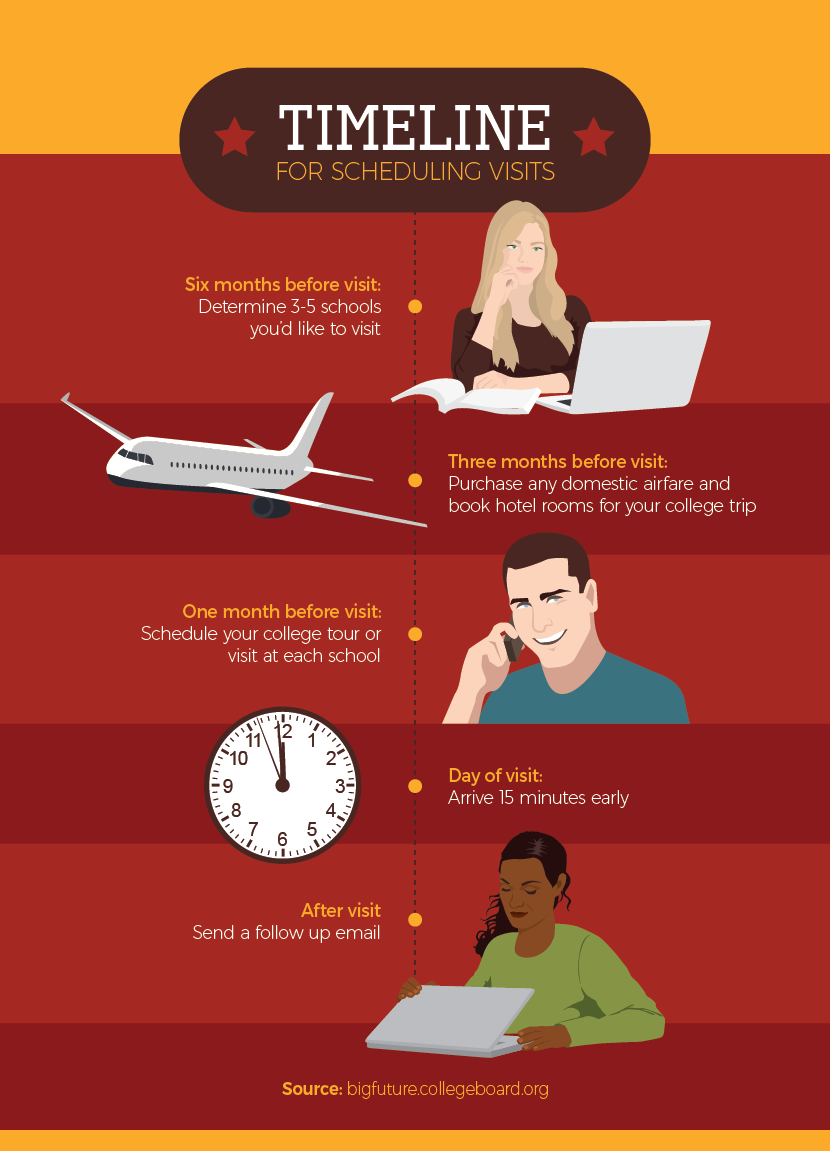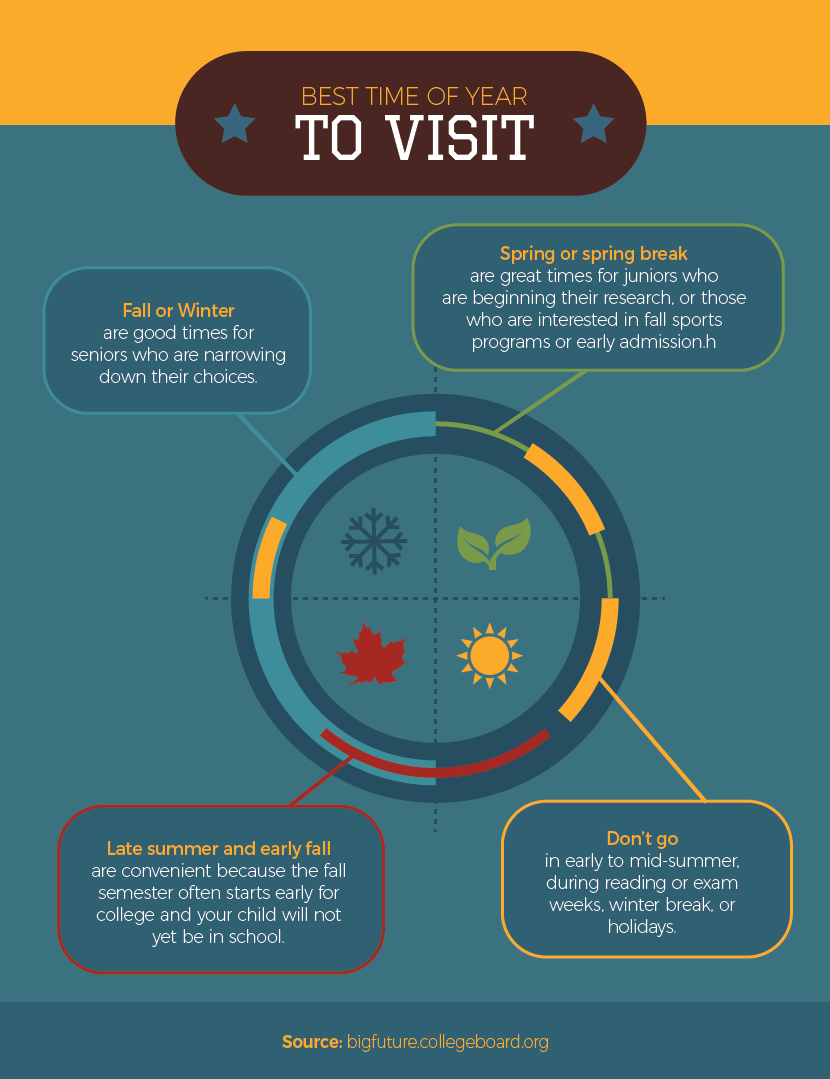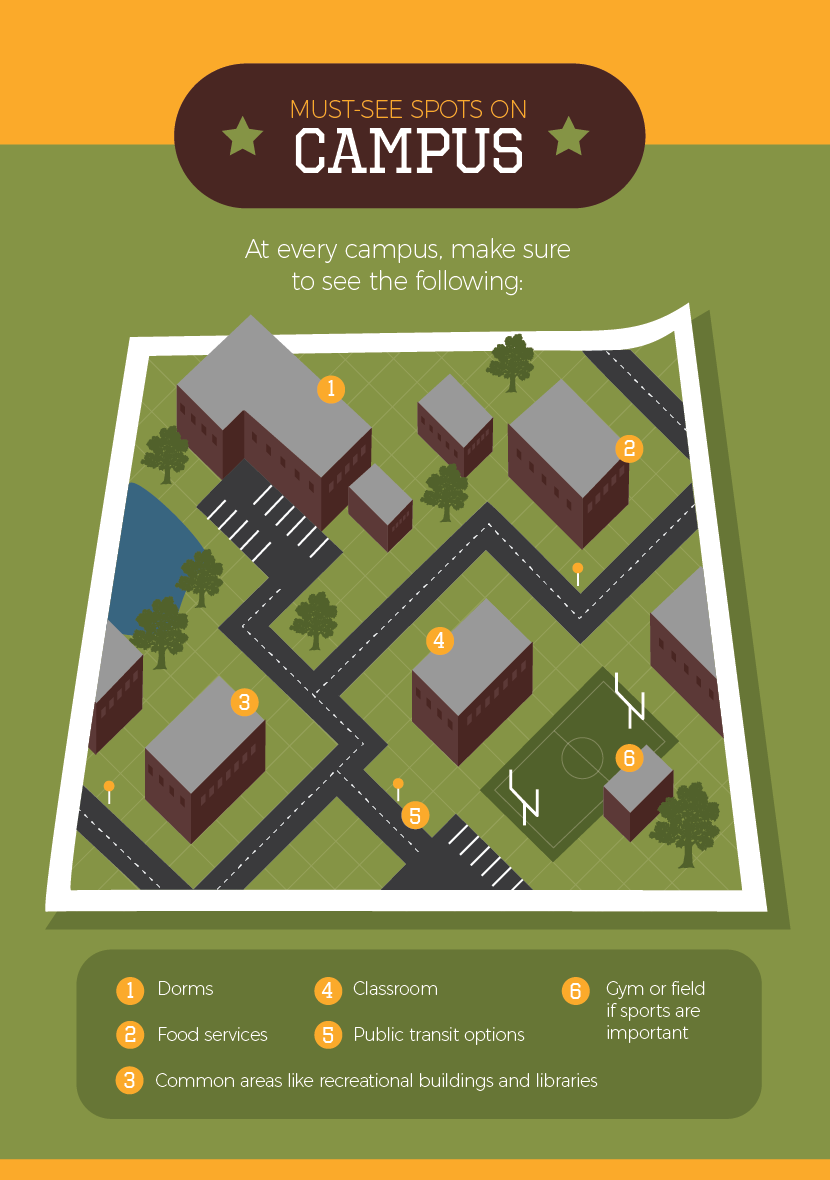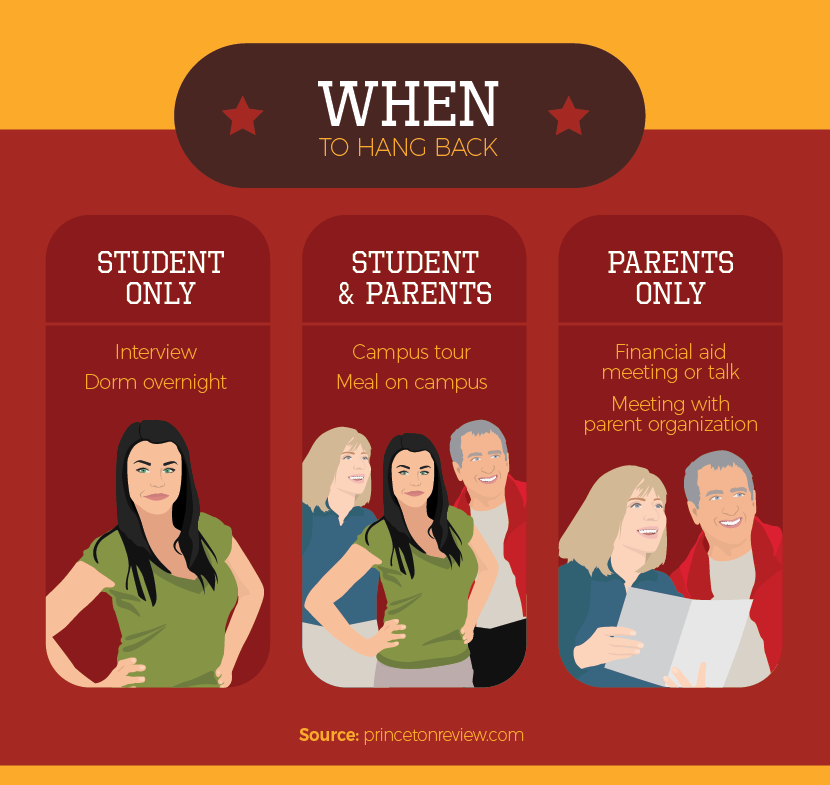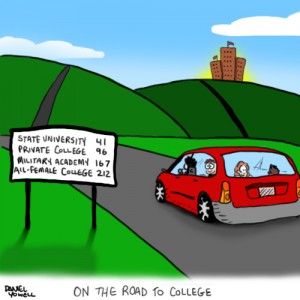This article was originally published at fix.com and is republished here with permission.
If you have a child who is a junior or senior in high school, you may be thinking about selecting a college or university. The best way for teens to get to know their options (and to see firsthand what university is like) is to visit! Here’s how to plan a college visit with your high schooler.
How to Narrow Down Your College Search
No one can visit every school they’re interested in, especially if the schools are spread out geographically. Start by visiting schools online using each school website’s “virtual tour” option. Then decide what type of school your child is interested in: big or small, state or private, liberal arts or tech/trade. Once you’re ready to officially tour colleges with your junior or senior, schedule visits via the school’s admissions page. You can also check each school’s Facebook page to find upcoming events. It’s important to visit a variety of schools, so find several schools in reasonable proximity to visit in one trip. Be sure to visit at least one large school and one small school as well as one in the countryside and one in a downtown area of a city. Even if your child thinks they know that a big, urban school is right for them, they may change their mind after seeing a small, rural campus, or vice versa.
If your child is interested in schools that are too far away for a visit, visit a similar school within driving distance. For example, if your child is interested in a small, liberal arts private school on the other side of the country, visit a similarly structured school closer to home. The local school may not be on his or her shortlist, but it will give your child a feel for the general philosophy and campus life of the desired school. And who knows? Maybe you’ll all love it!
When to Visit
Once you’ve decided where to go, it’s time to decide when to go. It’s important to plan college visits in advance, especially during popular seasons to visit. Schedule each visit by visiting the school’s admissions or “visit” page, where it will be easy to schedule your tour. Look for special prospective student days, during which the school will offer extended tours, dorm visits, and the option to sit in on classes. If you can’t visit during these days, schedule a private visit for any day that works for your family. In this case, it’s important to call the school’s admissions office to find out if your child can visit a classroom or dorm or meet a current student to be shown around beyond the standard tour. This is a great time to ask about the possibility (or necessity) of an interview with an admissions counselor. Some schools recommend one, and others do not.
Days and seasons to avoid when planning your college visit include school holidays, when the campus will be empty, and particularly busy times, such as “move in” season in the early fall or the end of term, when finals are occurring. Weekends are fine, but weekdays are ideal. Most high school students and their families try to visit on a long weekend so they can get a taste of what a weekday and a weekend is like at the campus.
On Visit Day
On the day of your visit, arrive early and follow the instructions you were given when you made your appointment. You’ll likely start in the admissions office. Let your child do the talking; this is their time to step forward. Every college visit will include a campus tour; pay attention to the small details your child may not think about. Do most students seem to have cars or do they ride bikes? Is there a sense of fun and community in the common areas, or do students look stressed and tired? What does campus security look like? Are safety precautions evident?
Take time to stop in at a local or campus coffee shop or common area, and walk past recreation areas and sports fields. If your child has an interview, they will do that solo, so take that time to strike up conversations with other prospective parents or take a financial aid seminar (or gather financial aid papers from admissions).
Be sure to teach your child to make eye contact, shake hands, and properly introduce themselves to campus personnel, and always encourage them to send a thank-you email after your visit.
Get to Know the Area
An advantage of visiting several campuses in one college tour trip is the opportunity to stay longer in the general area. Look for a hotel close to at least one of the campuses you’re visiting, and pay close attention to the neighborhoods, public transit options, and general atmosphere surrounding each school. Take the time to read the local newspaper, read campus bulletin board notices to learn about upcoming events for the student body and community, and play tourist in the city you’re visiting.
While you’re on campus, don’t be shy! Encourage your kids to ask current students why they chose the school, whether they like it, and what it’s like to live in the city or town. Learn about clubs to join or sports teams in the area.
No matter which school your child ultimately selects, visiting colleges can be a fun family trip. Bring siblings so they can get a feel for what lays ahead, and be sure to add some family time into the mix; see a movie, tour sites in the city, or splurge at a local restaurant. Your college-ready child will remember this special time with Mom and Dad.
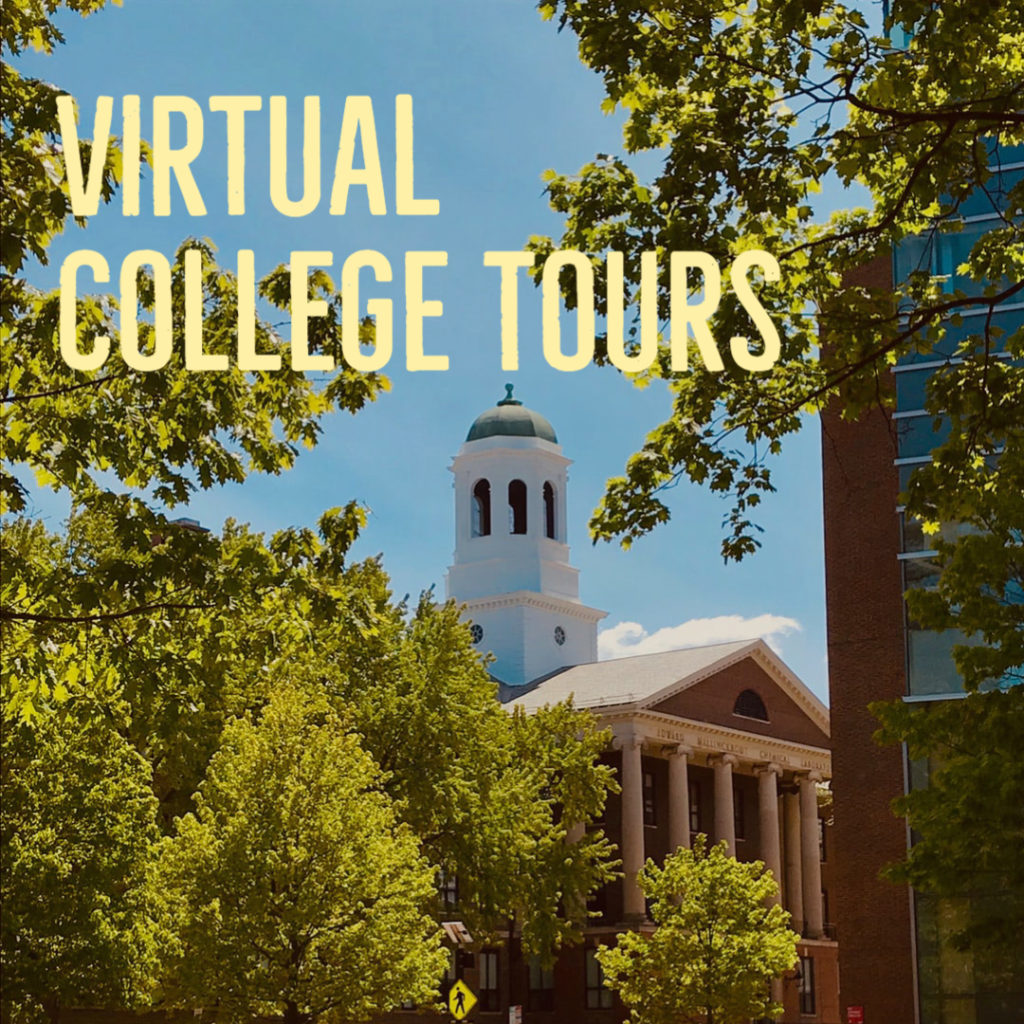





 It’s fall for high school juniors and that means it’s time to jump right in and start those college visits. (Sophomores should start making these as well–there is much to be gained from
It’s fall for high school juniors and that means it’s time to jump right in and start those college visits. (Sophomores should start making these as well–there is much to be gained from 
